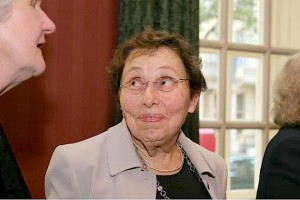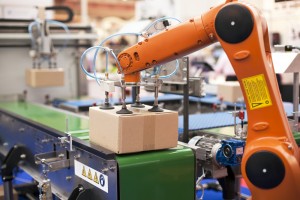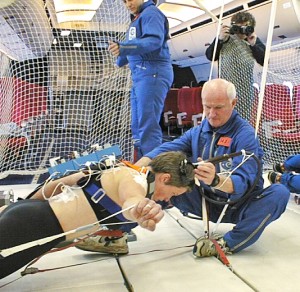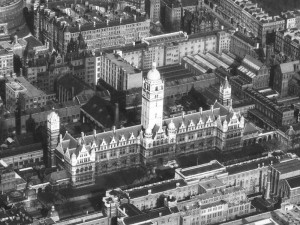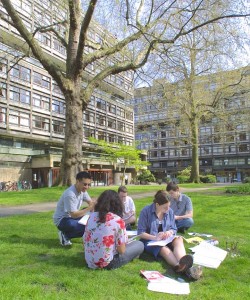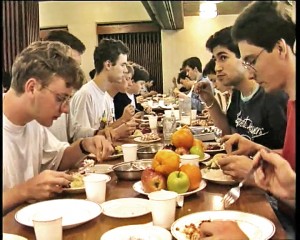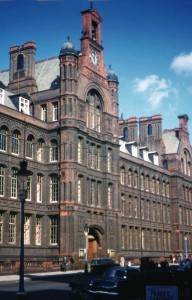Did you live in any of the college halls of residence during your time at Imperial College? If so, you may enjoy a very brief look back at some of the halls before the big changes took place across the campus.

Back in 2002 Sharine Brown (1950-2010) then Head of Accommodation Services asked us to make a promotional video for showing at Open Day of that year. This was no quick or easy project. Shooting video at all of the major halls would take a great deal of time and organisation. Our big challenge, as always, was access to rooms, student areas and students themselves in some cases. The majority of shots were best left without people in them. This was because some of them were going to be seen so briefly (as you’ll see) that the inclusion of students would have distracted from what people needed to see.
The biggest change, since the original videos were shot, is the demolition and replacement of both Southside and Linstead buildings. Now called Southside and Eastside they still have their own individual halls within them. If you remember the old Linstead Hall bar (below) then look out for that. There are shots of both Southside and Linstead and across the original Princes Gardens.
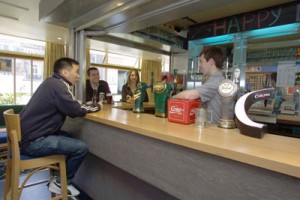
The scaffold, seen briefly in the first video, was to reflect the rebuilding and refurbishment work then underway on certain halls. This shot was removed in the second video because that work was, by then, completed, hence why you’ll notice that there are two videos, which initially look the same, but there are differences. The first is the original, made in 2002 and the other is a modified version for 2003 that had some sequences replaced, as I have already explained. In fact we had several versions and variations which included one with a scrolling caption across the bottom with various “facts” about the college and the halls. Our big mistake was not realising that the then ‘new’ Plasma screens did not like very fast moving action across the screen and simply blurred it all out! Also, as you are watching this via the web, some of our moving ‘name plates’ are suffering too. It seems almost impossible to make a video which will display perfectly well in all situations and on all platforms. The shots of London landmarks were from a previous video I’d made, so that saved an huge amount of time. The shots of Princes Gardens with the old buildings are now a valuable record of what the college once looked like.
One thing that we did do at the start in 2002 was to produce a give-away DVD of the video for those attending the open day events. You’ll also notice that the end credit shows that the Imperial College TV Studio had transformed into Media Services between the production of the two videos. That facility has transformed again and is now part of Communications. Such is the pace of change within Imperial College.
Colin Grimshaw July 2014

